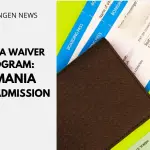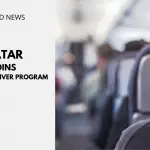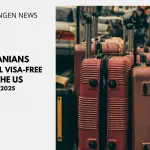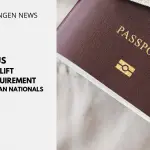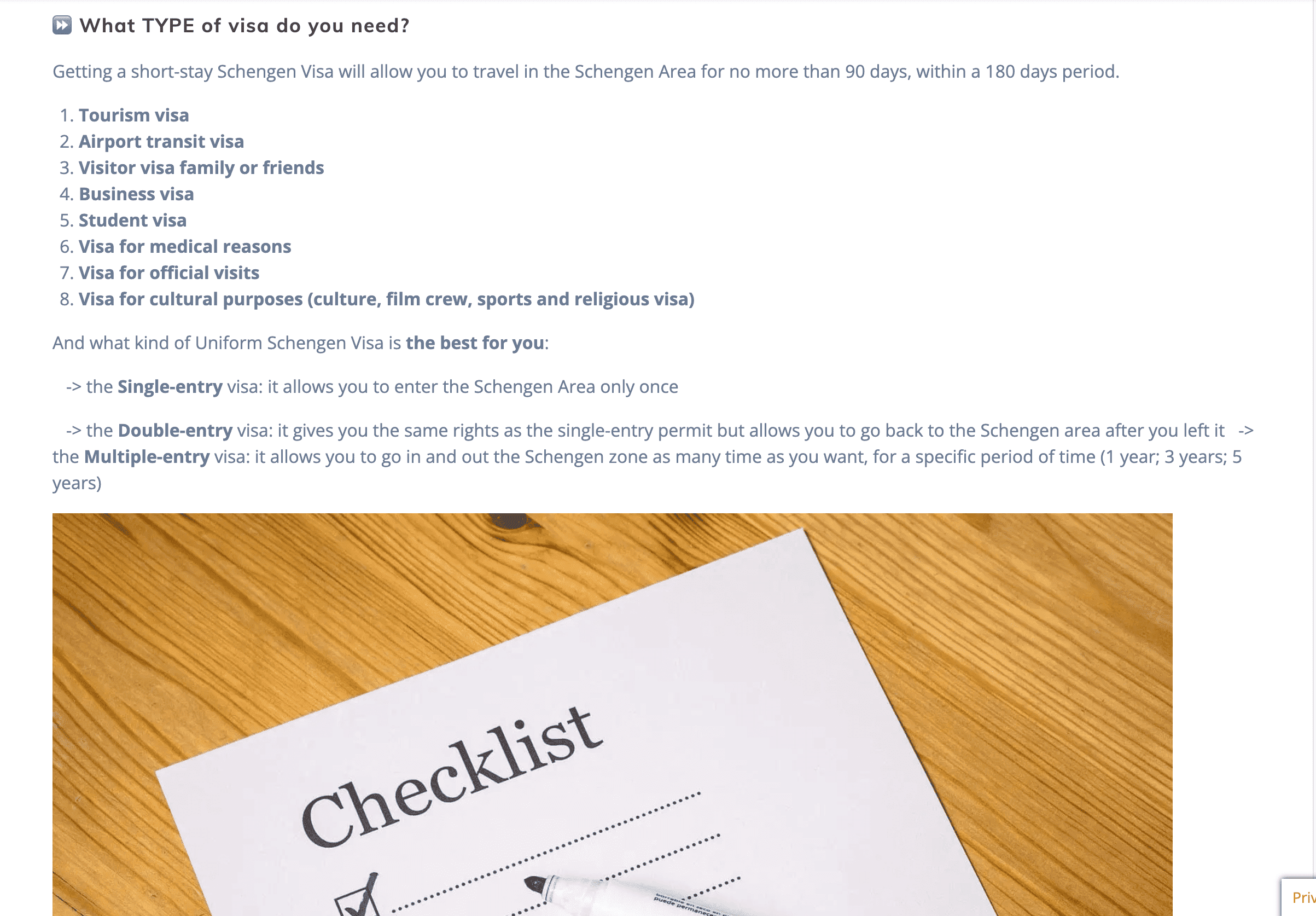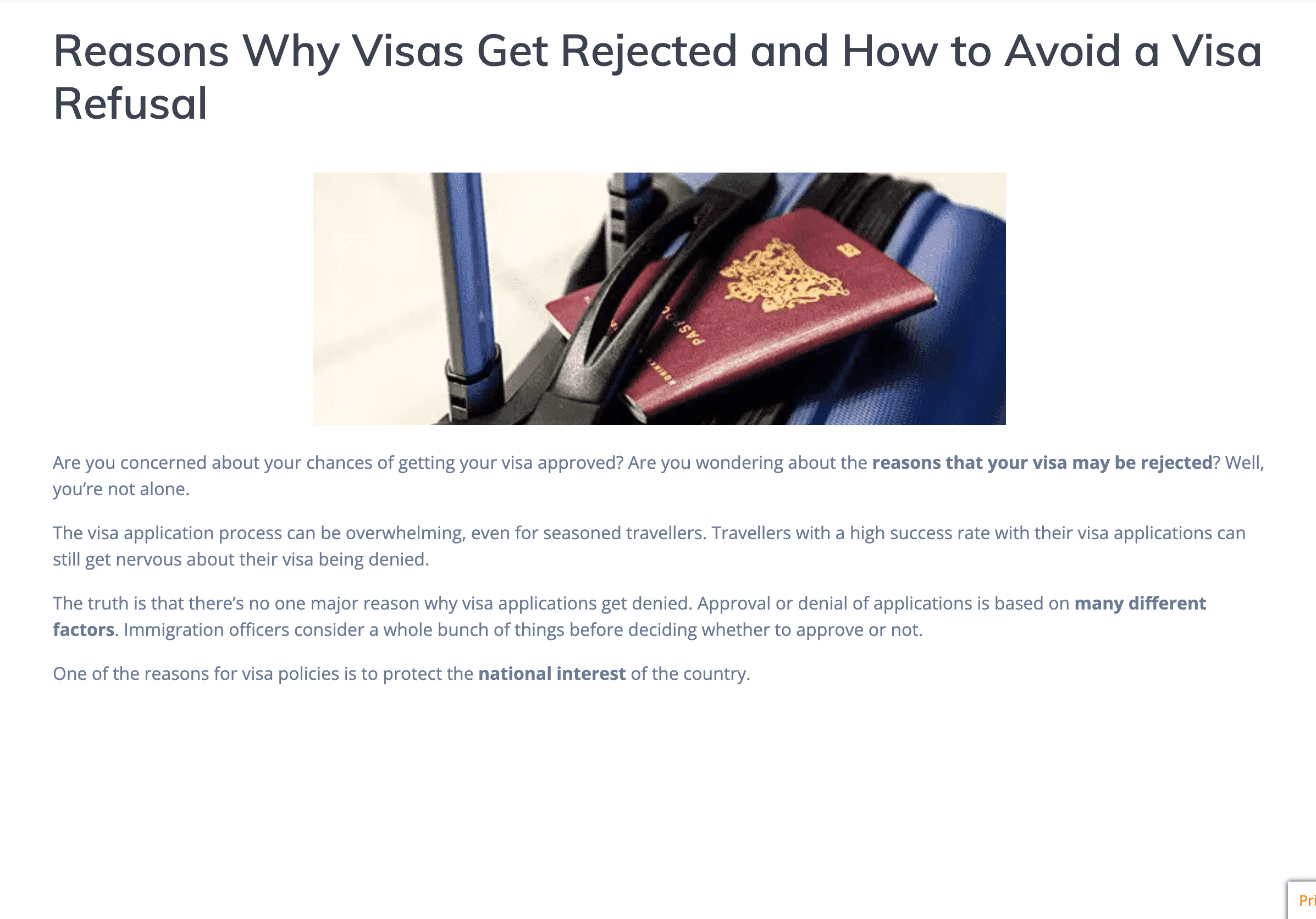Simplifying US Travel: A Guide to the Visa Waiver Program (VWP)
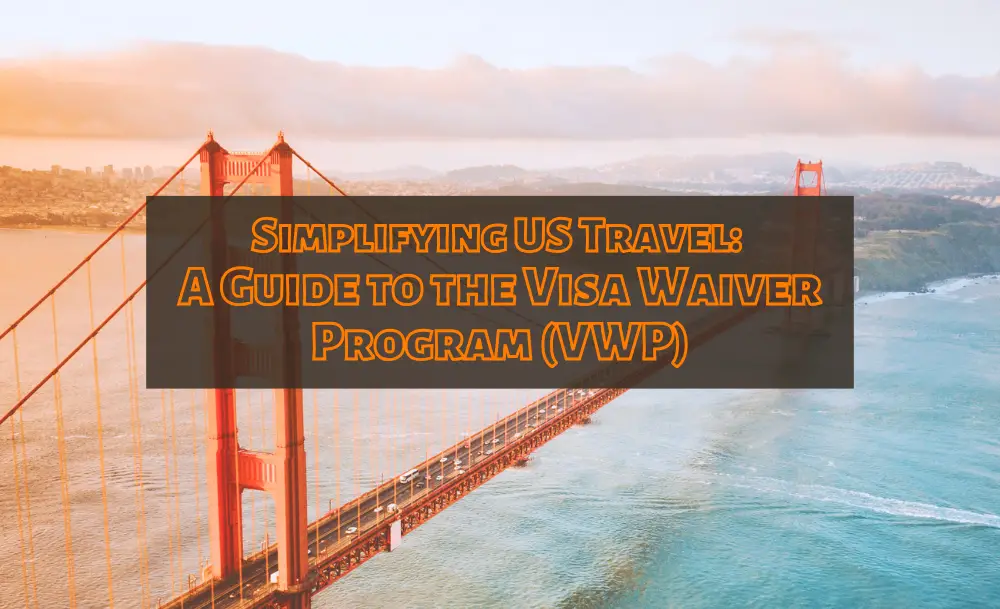
The United States' Visa Waiver Program (VWP) permits citizens of specific countries to travel to the United States (US) for tourism or business purposes for up to 90 days without obtaining a visa.
This initiative aims to facilitate international travel and bolster economic ties while maintaining stringent security standards.
Joining the VWP is no quick process. It can take several years or even decades for a country to qualify. Nations must meet strict security, passport, and visa refusal rate requirements, as well as establish strong data-sharing agreements with the US.
While recent members like Croatia (2021) and Israel (2023) successfully joined, others such as Bulgaria and Argentina are still waiting.
Current Member Countries
As of April 2025, the VWP includes the following 43 countries:
- Andorra
- Australia
- Austria
- Belgium
- Brunei
- Chile
- Croatia
- Czech Republic
- Denmark
- Estonia
- Finland
- France
- Germany
- Greece
- Hungary
- Iceland
- Ireland
- Israel
- Italy
- Japan
- Latvia
- Liechtenstein
- Lithuania
- Luxembourg
- Malta
- Monaco
- Netherlands
- New Zealand
- NorwayPoland
- Portugal
- Qatar
- Romania
- San Marino
- Singapore
- Slovakia
- Slovenia
- South Korea
- Spain
- Sweden
- Switzerland
- Taiwan
- United Kingdom
Romania was the most recent country to be added to the Visa Waiver Program in January 2025. However, the Trump administration has indefinitely suspended its implementation.
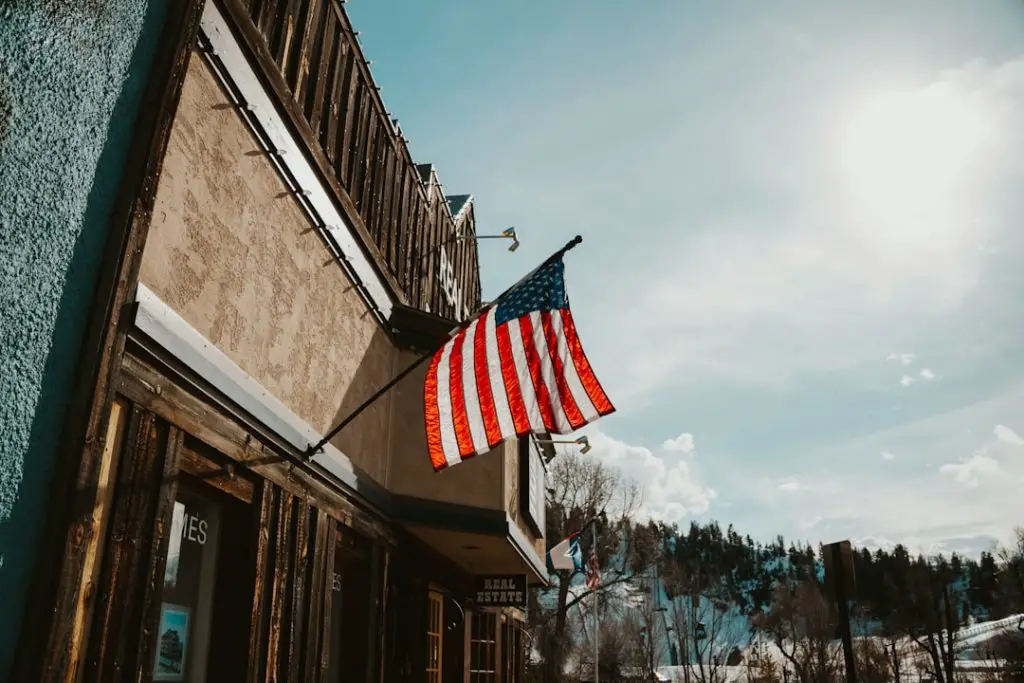
Benefits of the Visa Waiver Program
The VWP offers several advantages for both the United States and participating countries:
- Simplified Travel: Citizens of member countries can enter the U.S. for short-term tourism or business without the need for a visa, streamlining the travel process.
- Economic Growth: The program encourages tourism and business engagements, contributing to economic development. For instance, in 2018, VWP travelers generated $190 billion in economic output and supported nearly one million U.S. jobs.
- Enhanced Security Cooperation: Participation necessitates robust security collaborations, including the sharing of information on terrorism and serious crimes, thereby strengthening international security partnerships.
Process for Joining the Visa Waiver Program
Countries aspiring to join the VWP must fulfill stringent criteria:
- Nonimmigrant Visa Refusal Rate: Maintain a nonimmigrant visa refusal rate below 3%.
- Secure Travel Documents: Issue electronic passports with embedded biometric information to enhance security.
- Information Sharing: Establish agreements with the U.S. to share data on terrorism and serious criminal activities.
- Law Enforcement Cooperation: Collaborate with U.S. law enforcement agencies on security and counterterrorism efforts.
- Border Management: Implement effective border and immigration controls to prevent illegal activities.
The US Department of Homeland Security, in consultation with the Department of State, evaluates candidate countries based on these criteria. Assessments are conducted at least biennially to ensure ongoing compliance with VWP requirements.
Countries in the Process of Joining
Several countries have expressed interest in joining the VWP and are working towards meeting the necessary requirements.
While specific nations' statuses may evolve, countries such as Argentina, Brazil, Bulgaria, Cyprus, and Uruguay have been identified as candidates in the past. Progression to membership depends on each country's adherence to the program's stringent criteria and successful completion of the evaluation process.
Permitted Activities Under VWP Under the VWP
Travellers using ESTA under the Visa Waiver Program (VWP) can visit the U.S. for specific purposes, but only for a maximum of 90 days per trip.
Here’s what is allowed:
1. Tourism & Vacation
- Sightseeing and visiting attractions
- Visiting family and friends
- Attending social events (e.g., weddings, reunions)
- Medical treatment
2. Business Trips (Without Employment)
- Attending business meetings, conferences, or conventions
- Negotiating contracts
- Consulting with business associates
- Attending short-term training (if unpaid)
3. Transit Through the US
- Layovers in the U.S. on the way to another country
- Short stops between connecting flights (must leave within 90 days)
4. Short-Term Study (Non-Credit Courses Only)
- Enrollment in non-degree recreational or business-related courses (e.g., cooking classes, English courses)
- Not permitted for university or high school studies
Activities NOT Allowed Under VWP
- Work or Paid Employment (even remote work for a foreign employer)
- Study for Credit (e.g., university or high school courses)
- Long-Term Residency (staying over 90 days or attempting to settle)
- Journalistic Work (requires an I visa)
- Performing for Payment (artists, musicians, athletes must get a P or O visa)
- Marriage to a US Citizen with Intent to Stay (requires a fiancé or spousal visa)
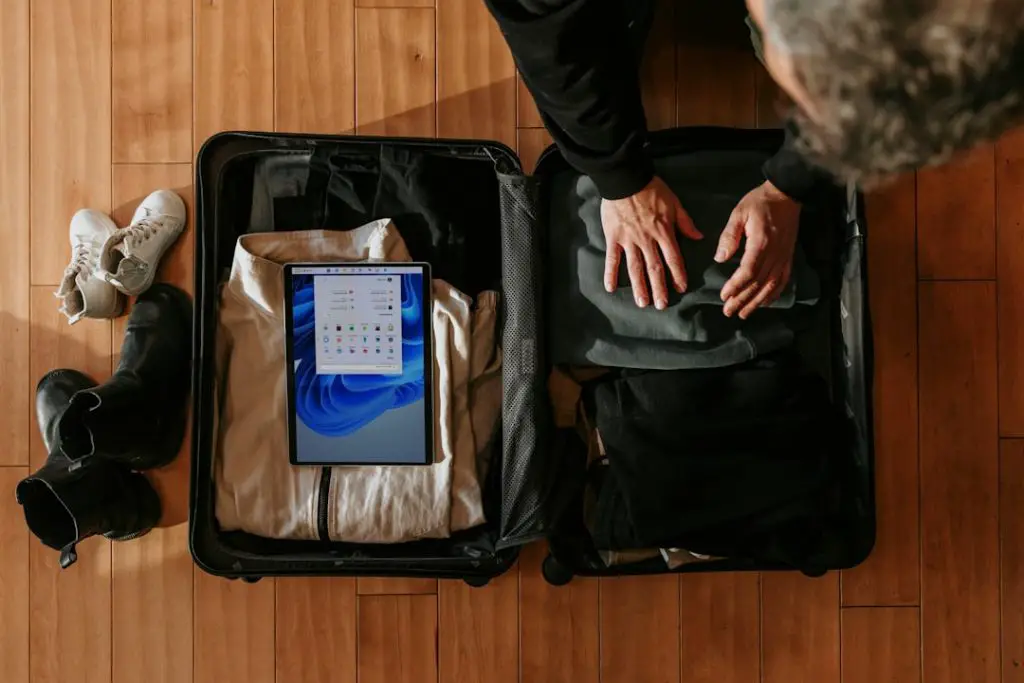
Electronic System for Travel Authorisation (ESTA)
Travellers from Visa Waiver Program (VWP) countries cannot simply board a plane and enter the US without any additional paperwork.
They must first apply for authorisation through the Electronic System for Travel Authorisation (ESTA) before their trip.
Key Requirements for VWP Travellers
- Apply for ESTA
- Travellers must complete an ESTA application online before departure.
- ESTA approval is generally quick, often granted within minutes, but it's recommended to apply at least 72 hours before travel.
- The ESTA is valid for two years (or until the passport expires) and allows multiple entries.
- The application costs $21 (as of 2024).
- Have an e-Passport
- All VWP travelers must have an electronic passport (e-Passport) with a biometric chip.
- Stay for 90 Days or Less
- The visit must be for tourism, business, medical treatment, or short-term study.
- No extensions or changes to immigration status are allowed once inside the U.S.
- Travel via an Approved Carrier
- Must arrive by air or sea on a carrier that is part of the VWP program.
- Those entering by land from Canada or Mexico must still complete an I-94W form at the border.
Important Limitations
- No Work or Long-Term Study: The VWP does not allow employment or extended studies.
- Border Security Screening: Even with ESTA approval, US Customs and Border Protection (CBP) officers have the final say on entry.
- ESTA Denial: If the ESTA is denied, the traveller must apply for a B1/B2 visitor visa instead.
So, while the VWP makes travel easier, it still requires ESTA authorisation and adherence to US entry rules.
If you need assistance with your ESTA or US Visa application, contact IaM.
Exceptions to ESTA
While travellers from VWP countries generally qualify for ESTA, there are specific cases where they must apply for a US visa instead.
Here’s who falls into this category:
1. Travellers Who Have Visited Certain Countries
Under the Visa Waiver Program Improvement and Terrorist Travel Prevention Act of 2015, individuals who have travelled to or been present in the following countries on or after March 1, 2011 are not eligible for ESTA and must apply for a US visa instead:
- Cuba
- Iran
- Iraq
- North Korea
- Syria
- Sudan
- Libya
- Somalia
- Yemen
2. Travellers Who Hold Dual Citizenship with Restricted Countries
Nationals of a VWP country who also hold citizenship in Iran, Iraq, North Korea, or Syria are automatically ineligible for ESTA and must apply for a visa.
3. Travellers Previously Denied an ESTA or US Visa
Anyone who has had an ESTA application denied or a previous US visa refusal (not due to technical errors) must apply for a visa instead.
4. Travellers Who Have Been Previously Overstayed in the U.S.
If a traveller has overstayed their allowed time in the US under ESTA or a previous visa, they may be ineligible for ESTA in the future and must apply for a visa.
5. Travellers Visiting the US for Non-VWP Purposes
- Travellers planning to study, work, immigrate, or stay longer than 90 days cannot use ESTA and must apply for the appropriate visa (such as F-1 for students or H-1B for work).
- Journalists and media representatives also require a visa, even if traveling for short-term assignments.
Instead of applying for ESTA, these individuals must schedule an appointment at a US embassy or consulate to apply for a B1/B2 visitor visa (or another appropriate visa, depending on their purpose of travel).
Do you need a visa or an ESTA to visit the US? Talk to us in the comment section below. Or if you need more advice on the above, contact us for further travel & immigration advice.
Check out the deals we have found below and tell us your travel plans.
Check out the offers and discounts from:
And because of the pandemic, don’t forget to get your travel insurance, which will cover you for flight disruptions and pandemic related matters.
IaM can help with your visa application to Europe, the United States, the UK & other countries
If you need help with a US visa, a UK Visa, or a visa to Europe, including help with appointment booking obligations, IaM can help. For more information and advice on US immigration, UK immigration law and US visa applications or if you need any help or assistance please, reach out to your Visa Coordinator at IaM.
Some of our posts include affiliate links. If you choose to purchase any of these products, we might get a small commission. For more information, check out our TOS.

